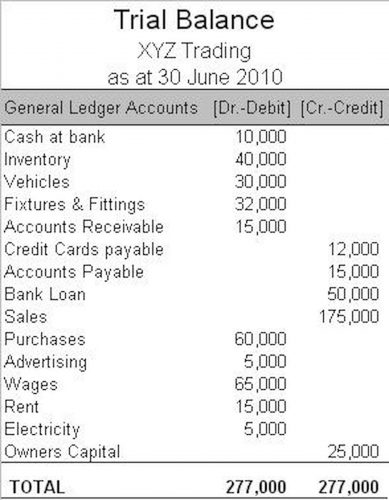
Let’s say that XYZ company has current assets of $8 million and current liabilities of $4 million. The firm with more cash among its current assets would be able to pay off its debts more quickly than the other. Liquidity ratios measure a company’s ability to pay off its short-term debts as they become due, using the company’s current or quick assets.

It measures a company’s ability to generate net profit from each dollar of revenue. This ratio shows us whether the company’s current assets are sufficient to pay its short-term liabilities. A current ratio value equal to 1 is usually a limit, which means current assets are equal to current liabilities. If it is less than one, it can mean the company has a liquidity problem. The higher the receivables turnover ratio, the faster the receivables are turning into cash (which is necessary for the company to pay its current liabilities on time). Therefore, a higher receivables turnover ratio is better than a lower ratio.
Cash Flow Ratios
A higher asset turnover ratio is typically better, as it indicates greater efficiency in terms of how assets are being used to produce sales. Say a company has $1 million in current assets and $500,000 in current liabilities. It has a current ratio of 2, meaning for every $1 a company has in current liabilities it has $2 in current assets. Price-to-earnings ratio or P/E helps investors determine whether a company’s stock price is low or high compared to other companies or to its own past performance. More specifically, the price-to-earnings ratio can give you a sense of how expensive a stock is relative to its competitors, or how the stock’s price is trending over time.

For example, if operating income is $250,000 and net sales are $500,000, that means 50 cents per dollar of sales goes toward variable costs. Financial ratios are numerical calculations that illustrate the relationship between one piece or group of data and another. Business owners use financial statement ratios to performance, assess risk and guide decision-making.
Liquidity Ratios
It is the measure of a company’s ability to pay off its short-term liabilities with the available quick assets. It shows whether a company has enough current assets to pay off its short-term borrowings. Current assets are assets that can be converted into liquid cash easily. Profitability ratios measure a business’s capacity to earn profits compared with its related costs. Recording a higher profitability ratio than in the previous financial year’s reporting shows that the business is improving financially. Solvency ratios measure an organization’s long-term financial feasibility.
These comprise the firm’s “accounting statements” or financial statements. The statements’ data is based on the accounting financial ratios formulas and explanations method and accounting standards used by the organisation. Financial statement ratios can be helpful when analyzing stocks.
Average Collection Period
Since a ratio is simply a mathematically comparison based on proportions, big and small companies can be use ratios to compare their financial information. In a sense, financial ratios don’t take into consideration the size of a company or the industry. Ratios are just a raw computation of financial position and performance.
In addition, the company should take a look at its credit and collections policy to be sure they are not too restrictive. Take a look at the image above and you can see where the numbers came from on the balance sheets and income statements. Asset management ratios are the next group of financial ratios that should be analyzed.
Current Ratio
In contrast, a cost leadership strategy promotes a lower cost structure than the industry. Instead, it relies on significant sales volume to increase profitability. It measures how much a company depends on debt on its capital structure. Debt has regular outflow consequences (interest payments), whereas equity does not. Then, shareholders also do not like it if the debt is too high.
Profitability Ratios: What They Are, Common Types, and How … – Investopedia
Profitability Ratios: What They Are, Common Types, and How ….
Posted: Sun, 26 Mar 2017 06:35:20 GMT [source]
